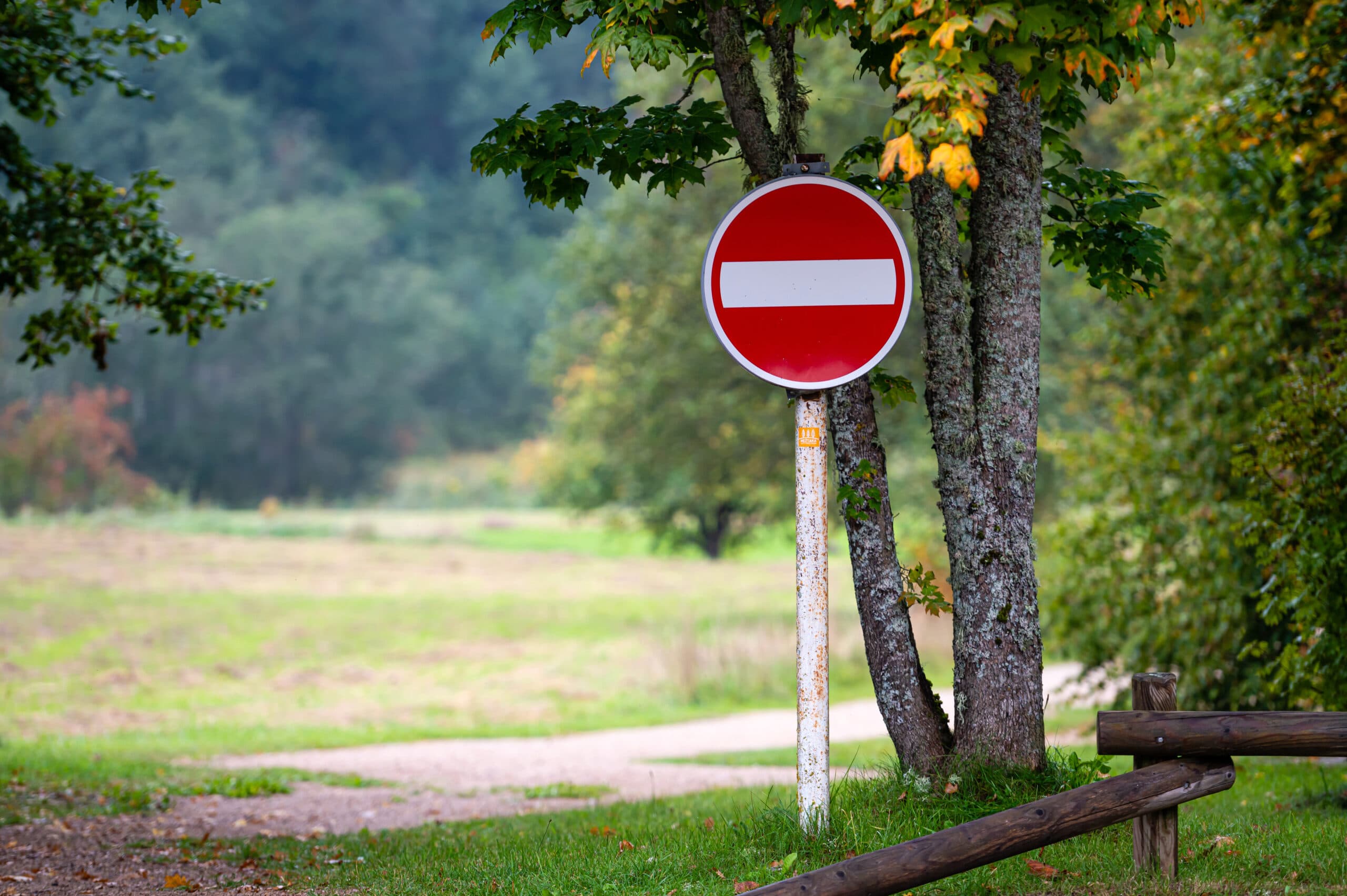
Good off-road practice. What should you know before you go off-roading?
Often, when starting off-roading, we talk about preparing the off-road car and its specifics. But this sport is closely connected with the environment. So it’s important to think about where exactly you plan to go and how you want to do it. Your safety matters, but there are also other unpleasant consequences. Let’s look at some good practices you should know before really starting your off-road adventure.
Law and Off-Roading
The temptation to simply start your engine and leave the main road for an off-roading adventure is strong, but it’s also risky. The main problem is whether you can drive there at all. Many interesting areas that appear ownerless – because they’re not marked – are actually someone’s property or nature reserves protected by law and managed by special authorities.
So, before you begin your trip without thinking, check if you could face unpleasant consequences, like a fine or a ticket, on that path. The same goes for just wanting to set up camp. Setting up a tent on your car’s roof instead of on the ground doesn’t change anything in this case. Online, you can easily find websites (like Wikiloc) that show you where you can legally camp and which trails are for off-roading around the world.
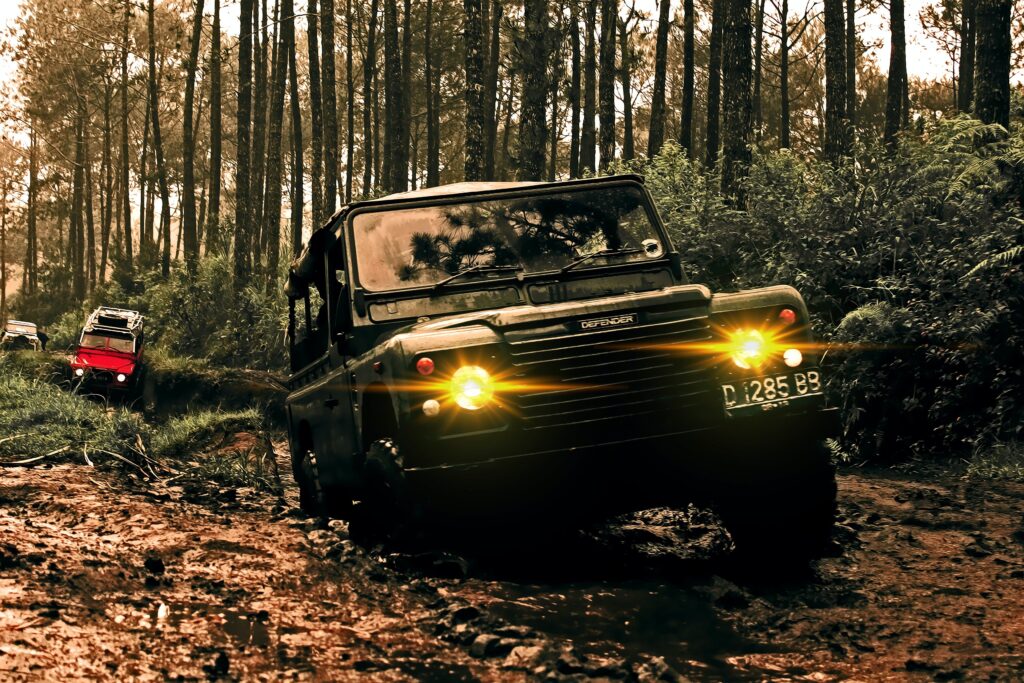
If you can’t find specific area, but really want to go there, like a forest, wasteland, or someone’s property, just get in touch with the person or authority in charge. In many cases, you’ll get permission. Then you’ll be able to sleep without worrying that you’re harming a protected environment.
Ethics and Off-Roading
A common problem with off-road beginners is not only that they damage protected land by driving on it without permission. It’s also that they often treat the local nature without respect. This means driving carelessly at high speeds and destroying everything in their path. We understand the excitement, but we ask you to be sensible. Careless behavior really damages the whole community’s reputation and creates bad stereotypes about off-road drivers.
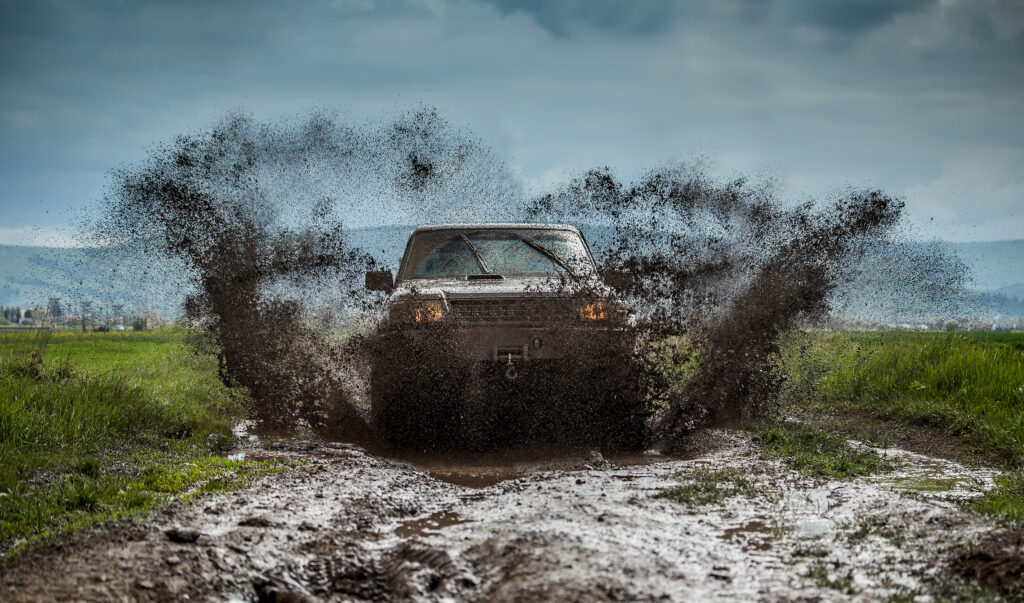
So always clean up after you finish driving or camping and leave the place as you found it. We don’t expect you to fill every hole you make, nature will often take care of the rest, especially with the rain help. Make sure your car is in good condition and doesn’t have any leaks.
Knowing the area well will also help you behave right off-road. Not just about possible dangers, but mostly about the nature and protected wildlife. Knowledge is the first step to feeling safe and confident when you’re off-roading.
Off-Road Driving Technique
To be clear, we don’t assume anyone has bad intentions. Often, reckless driving is due to a lack of skills and knowledge about how to properly drive. Depending on the car you have, the technique will be different. Mainly, the 4×4 drive will be responsible for this.
If it’s a 4WD type with a manual axle engagement and gear reducer, you’ll decide when to engage the right mode. For permanent 4×4 drives, you may need to lock the differential. All this depends on the terrain and the type of surface. But remember, in very tough terrain and muddy ground, always turn on the gear reducer and the differential locks earlier. It will make getting out much easier.
Related articles
Besides knowing how your car’s systems work, it’s also good to learn off-road driving techniques. It’ll be different for each type of terrain. For example, starting in sand at high speed is not recommended. Mud, on the other hand, definitely prefers aggressive and dynamic driving, at least until you get really stuck. The vehicle’s high weight helps with better grip. In both cases, it’s best to stop on a flat, untraveled surface and avoid holes made by off-road tires.
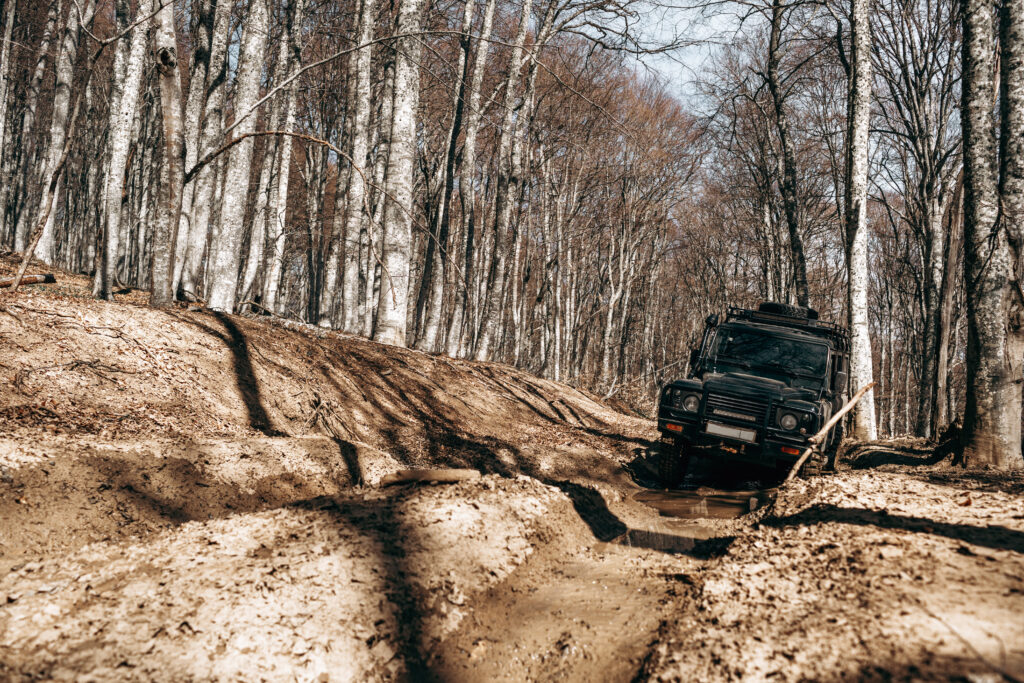
Water crossings can be the most exciting and problematic. If water gets into the engine, computer, or other components, it can completely stop the car. So never start a trip without the right car preparation. This includes installing seals, vents, or a snorkel. Also, don’t close the windows and always have something to cut the seat belts, which will help you evacuate quickly if the car gets submerged. Besides the car, it’s also worth checking the area, specifically assessing the water depth and whether the ground is likely to collapse.
Knowing Your Car Gives Confidence
The initial priority is understanding your vehicle’s capabilities, including checking its equipment and modifications. Of course if you choose modified car. For off-road driving, besides four-wheel drive, the suspension and body height will be important. Underbody protection is also a good idea, and you’ll need off-road tires with a high tread.
When it comes to modifications, there’s a belief among off-road drivers that the more you modify the car, the further you’ll find help (like a tractor 😉). But what does it really mean? Overconfidence built on fancy modifications and enhancements to the car is a mistake. You should know how to operate the car, then understand the terrain, your own capabilities, and limitations.
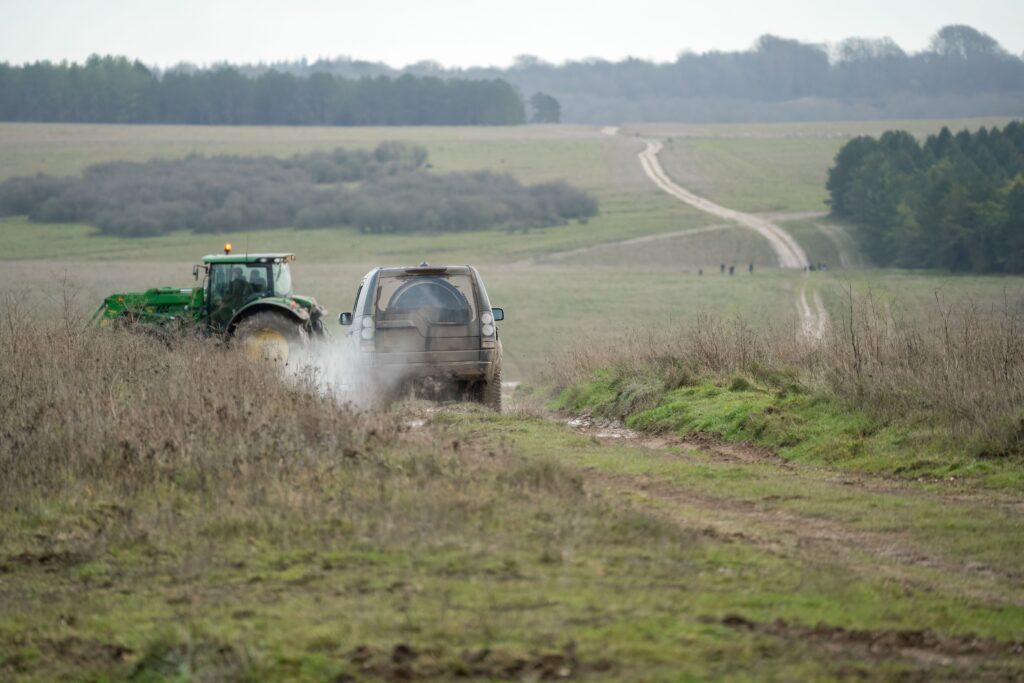
Safety First
Planning an off-road trip is about planning the route and expecting the unexpected. In off-road terrain, you have to be ready for many scenarios. Always inform someone about your plans or, even better, have company. Monitor weather conditions and be prepared for changes that may affect how you move in terrain. No matter what, organize emergency equipment that you always have with you, including off-road accessories like a rope, sand tracks, a winch, repair tools, a first-aid kit, and some food.




Comments ()